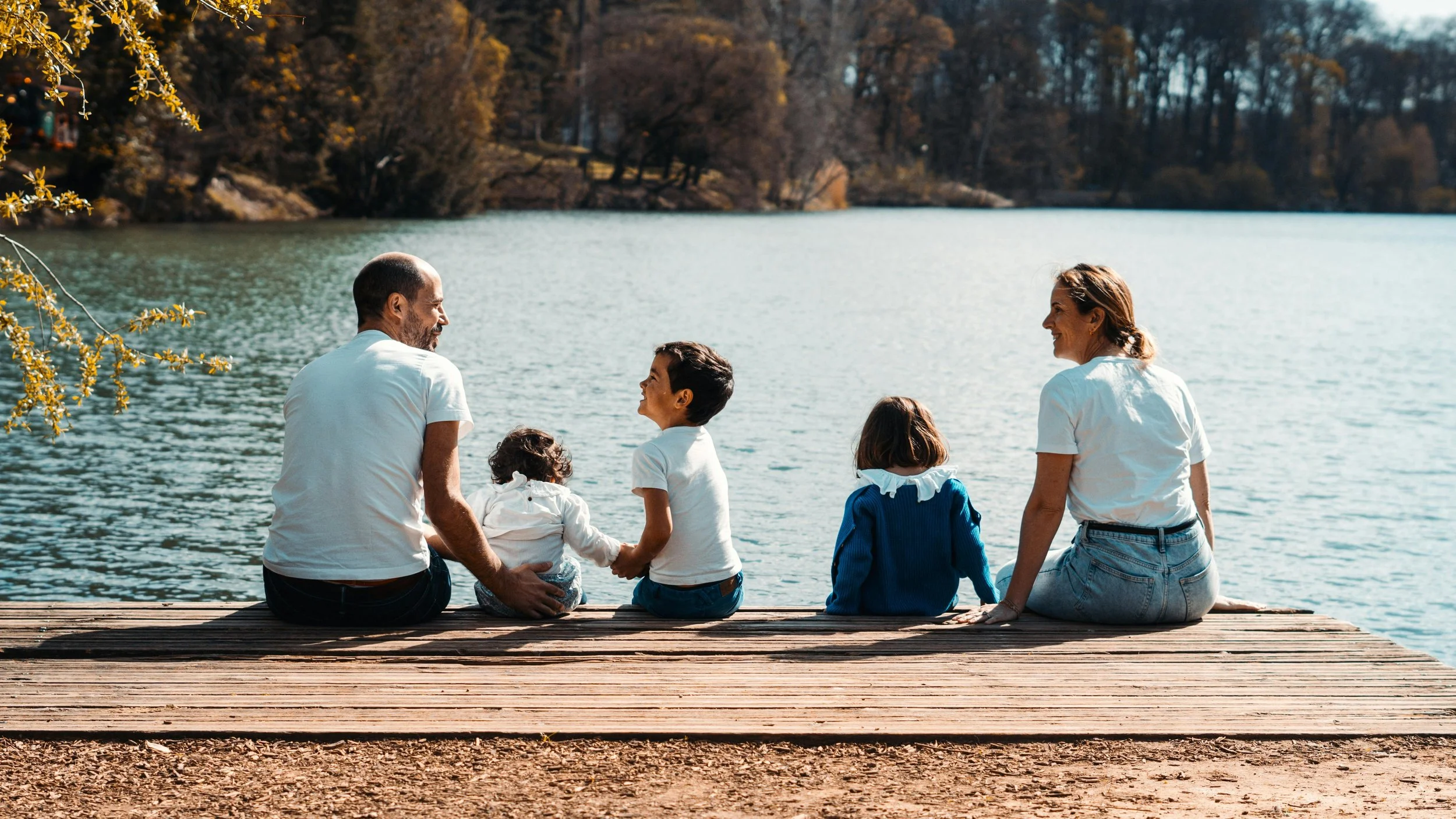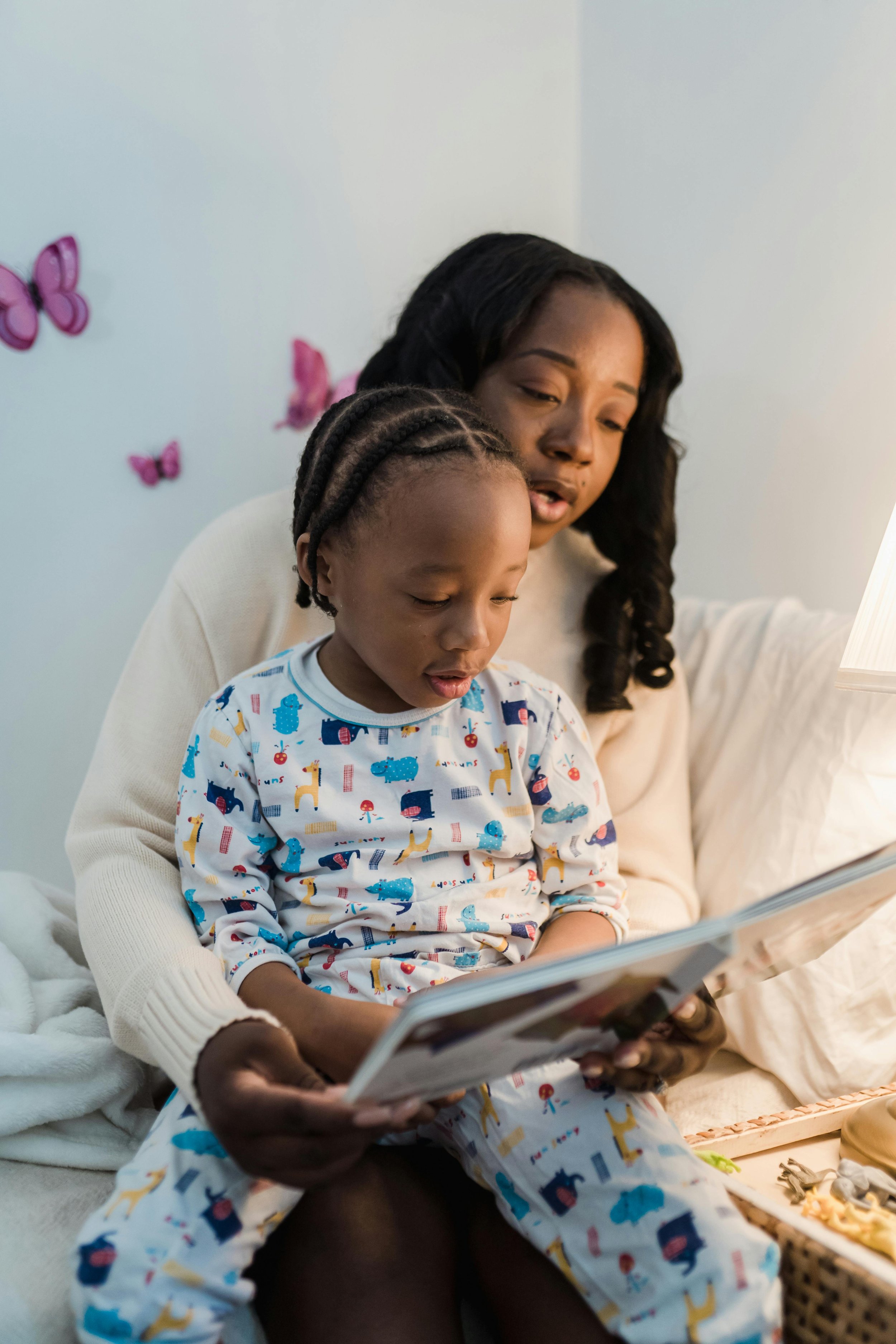Change in our lives, whether intentional or beyond our control, can be full of emotions. Whether it is a move to a new city, a new member of the family, the loss of a loved one, a divorce, a new school, all of these life changes can be challenging, especially for children. We don’t wake up on a Monday and plan for our lives to drastically change on a Tuesday. When these changes do occur, we have to take the time to address the emotions we feel about them.
Change isn’t easy. When I moved to Chicago I had to adapt to living on my own, in a big new city, all the while starting a new job and figuring out how to make new friends. That move ended up being one of the greatest changes of my life. It was a journey of ups and downs that I couldn’t have done without my own “adapting to change toolkit.” Weekly calls to family members, taking time to breathe, and going for a run were all strategies that helped me to feel grounded when it seemed like everything was constantly spinning around me. As parents and educators, we can equip our kids with their own toolkit to adapt to change.
Maintain routines
It might not always be easy to maintain routines when there is a significant change such as moving and starting at a new school. However, it is important to keep as much of a routine as possible to help kids feel safe and secure as they adapt to the change. Small but familiar routines such as a bedtime story or after school snack can be a comfort. It may be helpful to create a schedule for kids to help them have an expectation and understanding of what their day will look like.
2. Check-in often
Reflection
As kids are adapting to change, it is important to check-in often and help them reflect on the emotions they are experiencing along the way. For example, as we help children understand and cope with loss, it is important that we share with them that there is no “right” or “wrong” way to grieve. Some children may need more time to process, express, and understand their emotions when experiencing loss. Kids can use guiding questions, such as the one in our Grief Reflection printable to reflect on their emotions independently or with an adult.
Strength in Resilience
Some changes in our lives can result in adverse or traumatic experiences. Resilience is what helps us to recover or move forward after those events. Resilience is what helps us to find healthy strategies for when we face adversity, and feel overwhelmed. We can help kids develop habits that will help them to feel strong and brave when they face new challenges. Our Strength in Resilience printable can help kids reflect on their feelings when they are facing challenging life changes.
Our ability to adapt with change can be positively affected by our strength in resilience and our relationships.
3. Nurture Positive Relationships
When adapting to any kind of change it is important to have a strong support system. Kids need trusting and healthy relationships to feel safe as they face navigate life’s changes. For example, an educator who has a new student in the classroom will want to establish that the student feels safe in the new environment so that they can build relationships with their peers and feel confident in their ability to excel in the classroom. The American Psychological Association shares that building connections with peers will provide social support.
4. Ask for help
We can model for kids that it is okay to ask for help. We don’t have to face new changes on our own. Kids can seek help from family members, teachers, or their friends. When they ask for help, they are strengthening their resilience and their connections with others.
5. Coping Strategies
Once kids have identified their emotions, they can use coping strategies to feel calm and grounded. However, when we are scared or worried we might not always know what to do, which means sometimes we use unhelpful strategies. For kids, this may look like arguing with a sibling or refusing to do homework. It may be helpful for kids to identify unhelpful strategies in order to identify their helpful strategies. Ask them to share the consequences of their unhelpful strategies and the positive outcomes of their helpful strategies. Kids can discover more helpful coping strategies and practice mindful breathing exercises in our game-based app, Wisdom: The World of Emotions (iOS, Android)
Mindful Thoughts
Similar to coping strategies, kids can practice identifying their helpful versus unhelpful thoughts. When we have a fixed mindset we view our abilities as unchangeable which includes our ability to adapt to change. A growth mindset is the belief that we can learn, grow, and develop our strengths. We can help model helpful thoughts for our kids by using positive affirmations and practicing self-compassion.
6. Offer a creative outlet
Creative activities offer children a variety of coping strategies for dealing with emotions such as anger and fear. Activities such as drawing, coloring, storytelling, and music can help children process their feelings as they navigate the stress they might experience when adapting to change. Check out our social emotional learning coloring book, My Journey with Wisdom, for activities such as Grief Reflection, Strength in Resilience, and more to help your kids adapt to change.
Change is a part of our journey, even when it is unexpected and challenging. Sometimes we face difficult situations and we need coping strategies to help us face these challenges, no matter how big or small, with strength and resilience.





